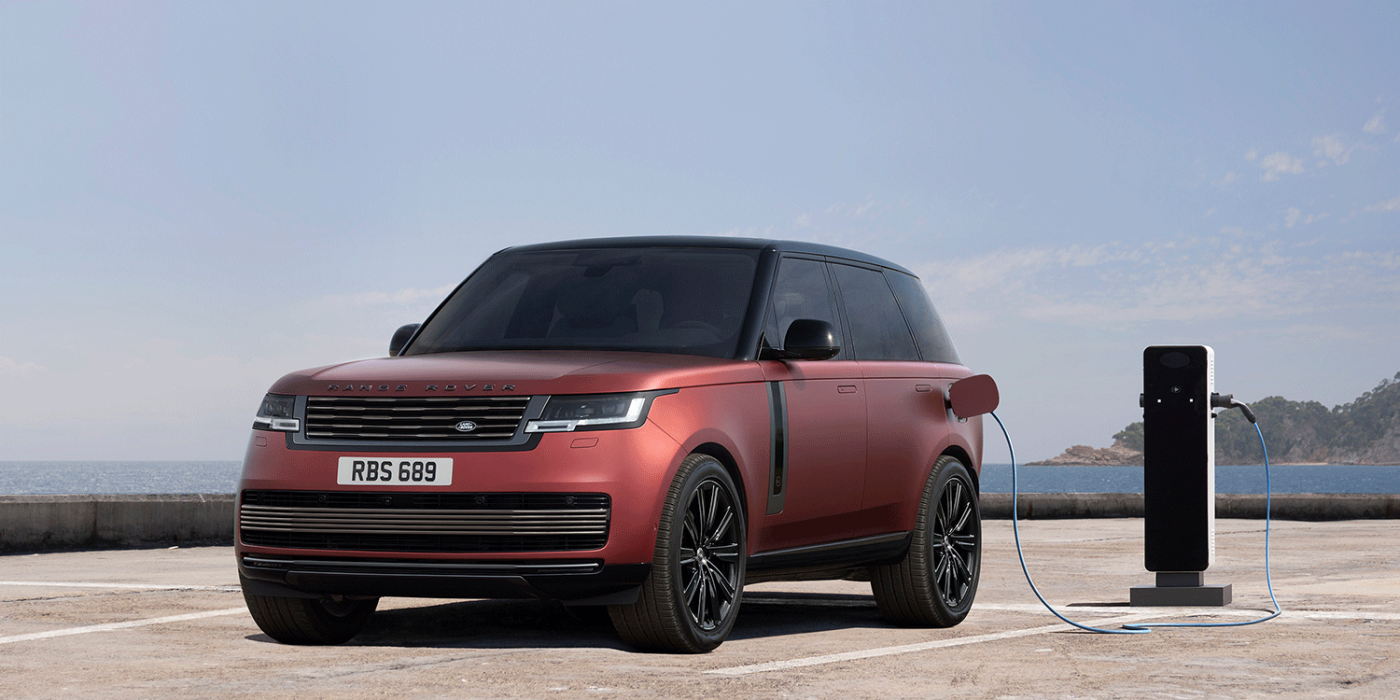ICCT study shows PHEV fuel consumption has risen
Fraunhofer ISI and the International Council on Clean Transportation (ICCT) have analysed extensive data on the real-world use of 9,000 plug-in hybrids from all over Europe. The core result: The fuel consumption of PHEVs is on average significantly higher than the official test cycles.
This was basically already the result of an earlier evaluation by the two partners from 2020. What is new is the finding that the deviations have increased even further compared to the 2020 study.
“On average, the real fuel consumption and CO2 emissions of plug-in hybrid vehicles for private owners in Germany and other European countries are about three times higher than in the official test cycle, while the values for company cars are even about five times higher,” says Patrick Plötz, Head of the Energy Economics Business Unit at Fraunhofer ISI and lead author of the study. Back in 2020, it was two to four times as much.
The experts do not attribute the increased deviation to a change in the driving or charging behaviour of the users, but to the WLTP standard. (You can read about the inner workings of WLTP testing here.)
“Plug-in hybrids that are certified according to the new WLTP tend to have an even higher discrepancy than older vehicle models that were certified according to the NEDC,” says Georg Bieker, one of the co-authors. The evaluation showed real-world consumption of between 4.0 and 4.4 litres for private PHEVs, and even 7.6 to 8.4 litres for company cars. The standard consumption of the vehicles recorded, on the other hand, is between 1.6 and 1.7 litres per 100 kilometres.
For their statistical analyses, the researchers used, among other things, anonymised data that vehicle owners had voluntarily submitted to online portals such as Spritmonitor.de or in the context of earlier surveys. Evaluations of company vehicles provided by fleet customers were also included.
The data on electric mileage also comes from these sources: according to the current survey, plug-in hybrids used purely for private purposes travel 45 to 49 per cent of their distances electrically. For company cars, it is only eleven to 15 per cent of the mileage. While the average electric mileage of private cars has even increased slightly (2020: 43 per cent), it is even lower than the 18 per cent of plug-in hybrids used for business purposes in the previous evaluation.
With regard to the recommendations for action derived from the study results, the Fraunhofer ISI and ICCT are likely to find a hearing in parts of the German government. “Fiscal incentives, such as purchase premiums and a reduced company car tax, should be tied to demonstrating an electric share of about 80% or a fuel consumption of 2 litres per 100 kilometres during real-world driving,” recommends ICCT Director Peter Mock.
The draft (not yet decided) for the environmental bonus from 2023 onwards from the German Federal Ministry of Economics and Technology foresees that the purchase premium for PHEVs will expire at the end of the year. Most recently, there were reports that, as a compromise between the German Federal agencies BMWK and the BMDV, the current advantageous company car taxation is to be retained. However, a link to the real electric mileage is probably off the table due to the high administrative burden.
The researchers welcome the EU Parliament’s recent decision to no longer allow new cars with combustion engines (and thus also plug-in hybrids) from 2035: “In the long term, Germany’s and the European Union’s climate targets cannot be achieved with the high real emissions of plug-in hybrids.”
isi.fraunhofer.de (study as PDF), theicct.org (announcement)





0 Comments